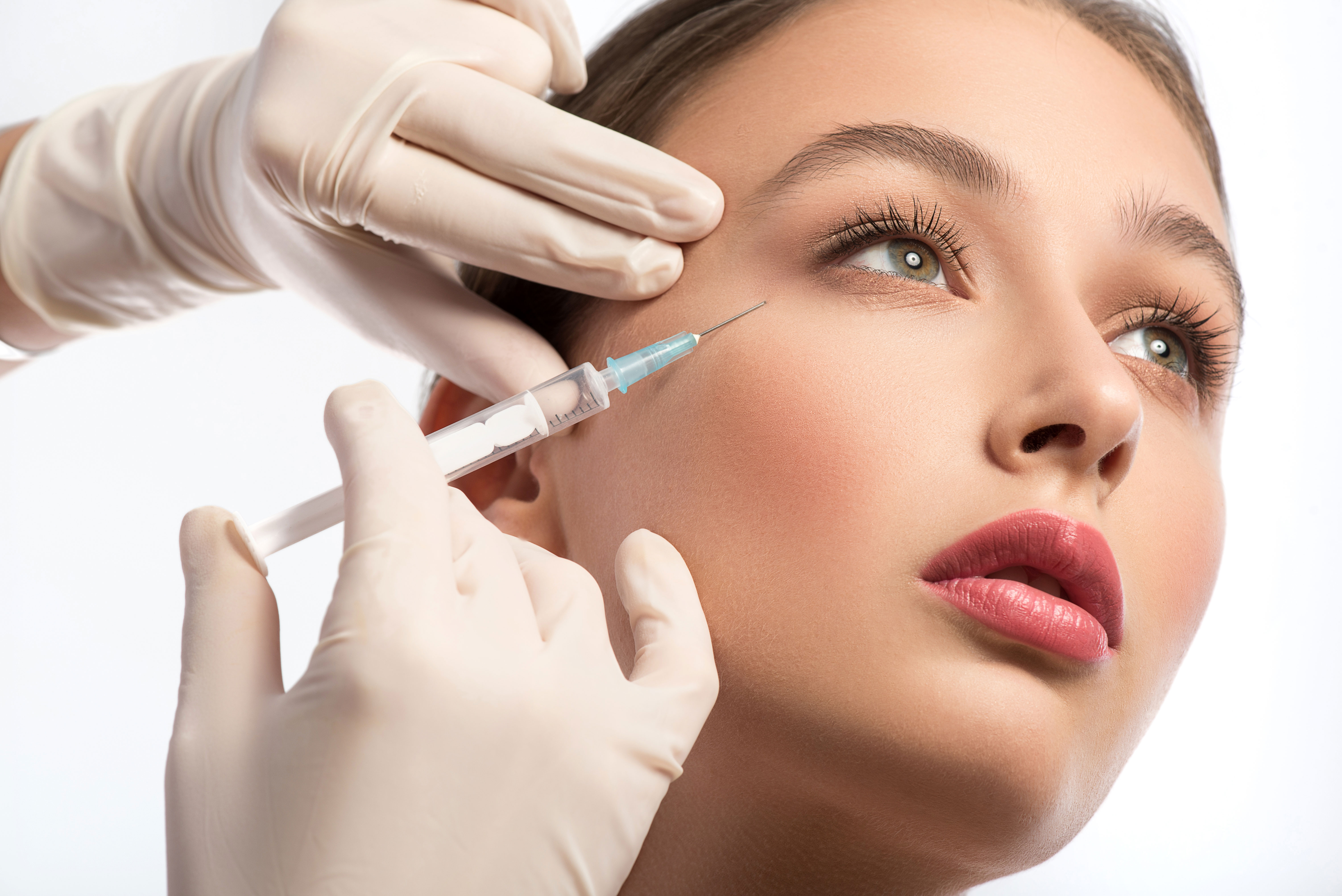Botox is a toxin derived from the bacterium Clostridium botulinum. In medicine, particularly in the field of aesthetics,
What is Botox? Botox is a toxin derived from the bacterium Clostridium botulinum. In medicine, particularly in the field of aesthetics, it is used to temporarily paralyze muscles with the aim of reducing wrinkles. Botox is commonly used to improve the appearance of facial lines and wrinkles, treat migraines, and control excessive sweating.
Dermal Fillers Dermal filler applications involve injecting gel-like substances, often containing materials like hyaluronic acid, calcium hydroxylapatite, or polymethyl methacrylate, into the skin. These applications are used to restore lost volume in the face, fill in lines, plump up lips, and reduce deep wrinkles in specific areas.
Differences Between Botox and Fillers Botox and dermal filler applications are distinct treatment methods addressing different aesthetic concerns. While Botox reduces wrinkles by temporarily paralyzing muscles, dermal fillers achieve various aesthetic goals by adding volume to the skin. Botox is commonly used to diminish dynamic facial lines, whereas dermal fillers are preferred for addressing volume loss in the face.
Application Process and Post-Procedure Botox application is a quick and minimally invasive procedure, typically taking 15-20 minutes with a few injections. Patients can usually resume daily activities immediately, and effects generally become fully apparent within a few days. Dermal filler applications are similarly quick, typically lasting between 30 minutes to an hour. Mild swelling or redness may occur after the procedure, but it is usually short-lived and minor.
Myths and Facts Myth: Botox is only used for facial wrinkles. Fact: Botox can also be effective in treating various medical conditions such as excessive sweating, migraines, and jaw clenching. Myth: Dermal filler applications are only for older individuals. Fact: Dermal filler applications can be used from a young age to maintain skin volume and youthfulness. Distinguishing between myths and facts can help individuals have accurate information and set realistic expectations for aesthetic procedures.

 TR
TR DE
DE RU
RU




